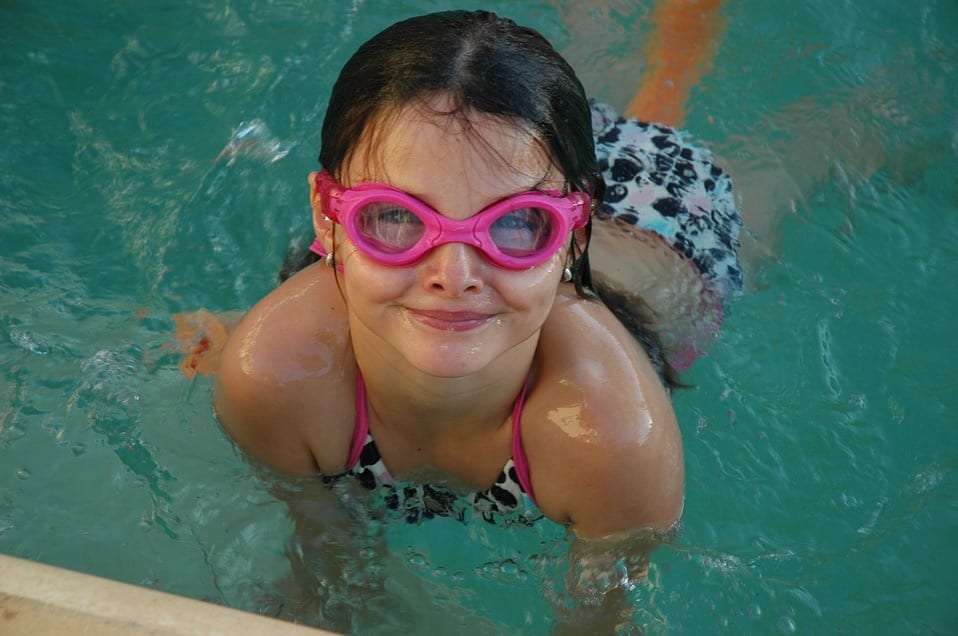
A 10-year-old boy drowned yesterday in a pool in Vilanova i la Geltrú, although it is not the first drowning by immersion this year, and I wish it was the last, but for this to be possible, much more visibility and awareness is needed about this worrying issue. Approximately 80 percent of drownings in children are preventable, and the main risk factors are the lack of physical protection barriers (which would prevent the children from reaching the water) and little supervision by adults.
Girls and boys under 5 years of age are a significant risk group, even if they already know how to float, because their young age makes it difficult for them to remain calm. So are teenagers (between 10 and 15 years old) because they trust themselves and they recklessly (also for other reasons). After traffic accidents, drowning is the second leading cause of accidental death up to 19 years of age. For a few years it has been created a false security in private or community swimming pools (and in the latter many children drown). It is believed that since it is not the sea, since there are no currents, of course ... nothing happens and drowning cannot occur.
But yes: a slip and fall into the water without anyone looking, a baby who agrees because there are no protection fences, a girl with a float who turns around and remains with her head in the water. My pediatrician looked, account in this post that in the urbanization where he lives, the neighbors refused to put up fences around the pool, because they were unsightly. Oh my God, how bad we are! really? Is aesthetics above the safety of children?

If you go with the little ones to bathe: watch them, period.
There is a rule called "10-20" that emerges from the campaign promoted by Emergencies Setmil SL y National Association for Child Safety, Which Madres Hoy it adhered. They are vital coordination to save lives... It's easy: our distance from the minor has to be such that it does not take us more than 20 seconds to reach him or her; and we also cannot spend more than 10 seconds without watching.
What mistakes are we adults making.
In my view, and especially after having reviewed other publications and documentation, they are these:
We think that if the child is drowning we will know and we can rescue him.
Well it turns out not: drownings are often silent. They don't wave their arms and scream, that's in the movies… but they do arm and try to keep their heads above the water so as not to run out of oxygen. A relatively immobile child, who little by little loses his strength and ends up submerging, remaining at the mercy of the water.
The following video is hard, it is very hard ... not only because we see how the little one loses his life, but also due to the indifference with which other users of the pool pass by, ignoring that he is unconscious. I clarify that some reports spoke in his day that the child died drowned, other sources speak that they saved his life, at the moment I do not know what really happened.
Now I come for a little while ...
And the moment becomes eternal, because 27 seconds is enough for the child to drown. Is it really worth stopping looking to go to the beach bar for ice cream? Do you have to go greet that acquaintance just when the safety of the little ones depends on you and only you?
If we organize ourselves better, we can take care of the unforeseen without getting up from the sand, on which we constantly look at the children's bathroom. The cooler with water, fruits and snacks, dry towels and other spare, protection cream, an empty bag for waste, etc. And if an unforeseen event occurs with any of the kids, then you take them all out of the water and go to the lifeguards post.. That is if you go alone, because if you go as a family or with friends, what you have to do is organize supervisory shifts.

Let's see that message that has reached me.
Well no ... what have you missed on your mobile or tablet? If someone wants to reach you to comment on something important, they will call you, they will not leave comments on Instagram, nor will they send you a WhatsApp, Please, we are no longer 16 years old! If you look down, you lose yourselfBecause of WhatsApp, you jump to Facebook, check the likes of your account on twitter, and add and follow.
You have had two or more drinks.
Who in their right mind thinks we can be 100% under the influence of alcohol? Protecting children's lives is a very important and dedicated task.
How nice that there is a lifeguard! So I can read.
How to read? The lifeguard of the municipal swimming pool is not there to act as the main caregiver of your children, their role is another. We cannot delegate the task of watching over our own children, and even less in a public space, in which at one point we lose sight of the children's heads.
Private or community pool?
Install protective fences and never leave floating elements or water toys inside when everyone has finished bathing. These items are too conspicuous and could attract very young children to come to the edge to pick them up.

No churros, floats or sleeves.
Here we explain it, You should never trust them! They could give you a scare, they are not true protection systems.
We hope to contribute to a safer summer for girls and boys, and above all free from drowning.